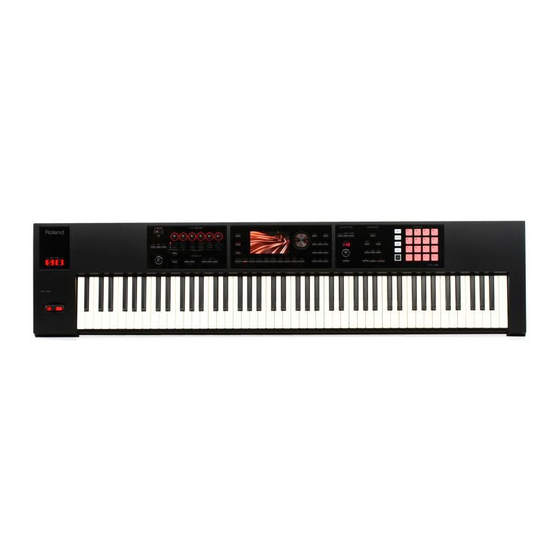
Roland FA08 Application Manual
Track-making and daw workflow
Hide thumbs
Also See for FA08:
- Owner's manual (122 pages) ,
- Reference manual (122 pages) ,
- Parameter manual (120 pages)
Table of Contents
Advertisement
Quick Links
Advertisement
Table of Contents















Need help?
Do you have a question about the FA08 and is the answer not in the manual?
Questions and answers